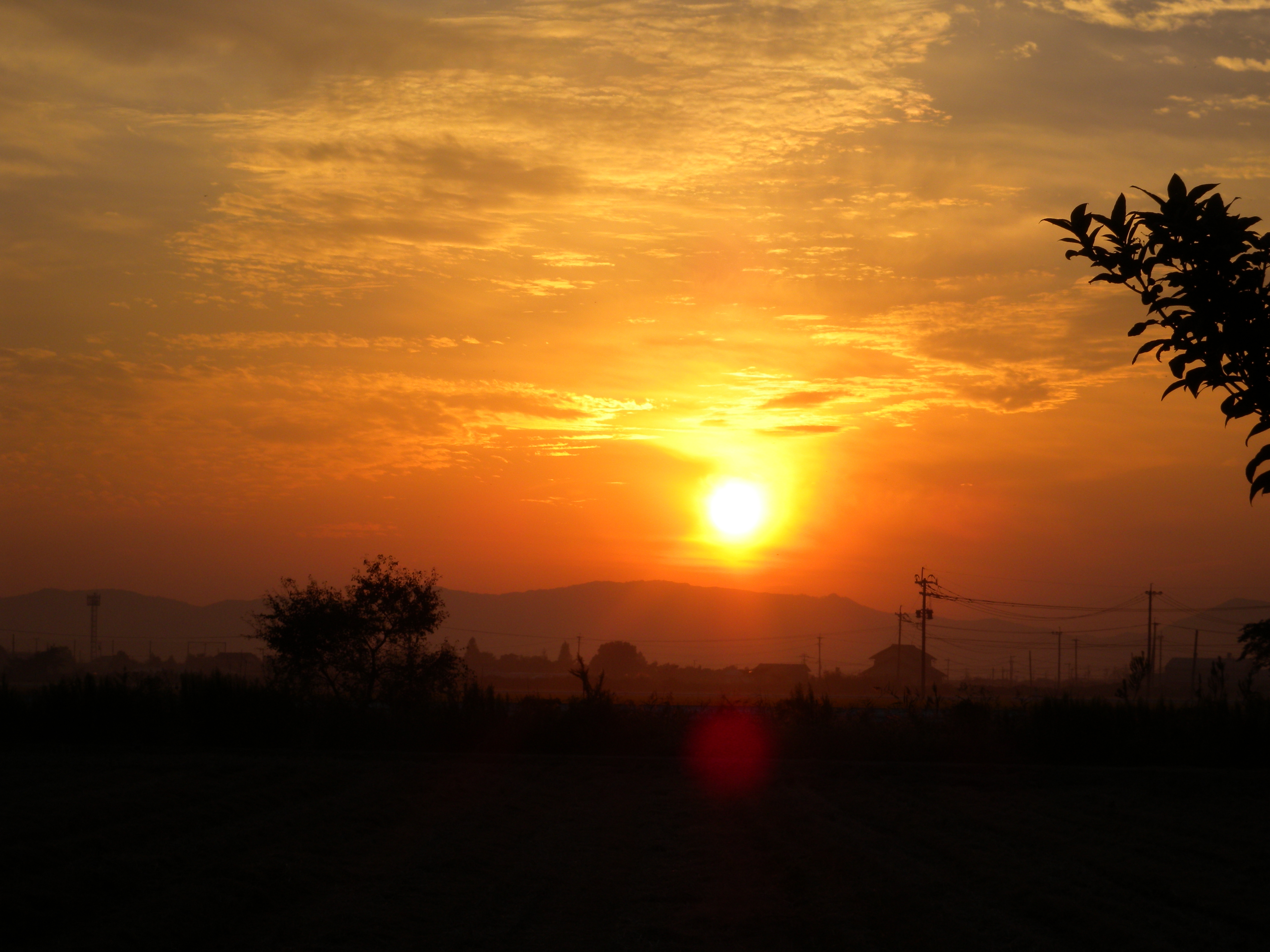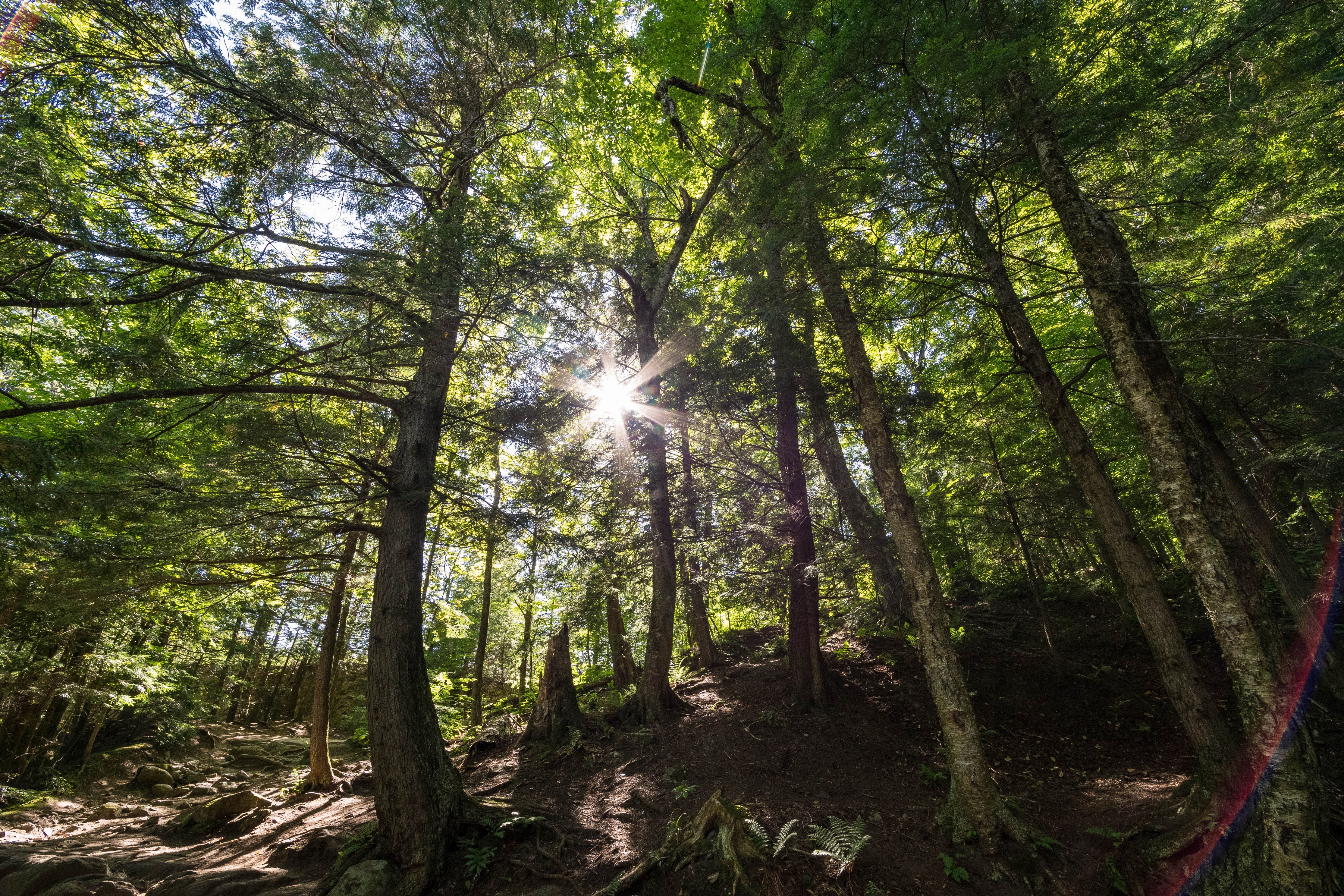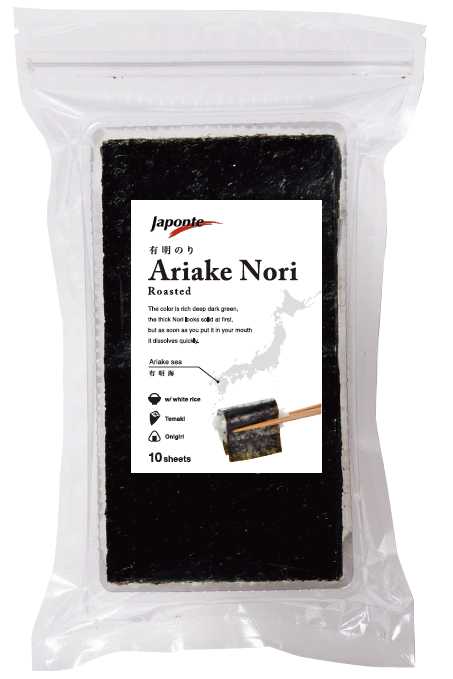It’s around the time of year to cherish the beauty of full bloomed cherry blossoms. How are you doing?
The nori harvesting season, which began in late November, is almost in the final stages. It’s very likely that this harvest season will be the worst season in the last 40 years, because of the raising temperature of sea water, the warm winter, or the lack of nutrients caused by low rainfall. The annual production volume in Japan was 9 billion sheets until around 2000, but we are not sure that the volume this year will even reach 6 billion sheets. Therefore, this is a very serious situation.
The other day I had a discussion with nori producers from the Ariake Sea. I am writing this blog because I would like more people in the world to know about nori production in Japan.
Currently, the main production areas of nori are the Ariake Sea, the Setouchi Sea, Ise Bay, Tokyo Bay, and Miyagi Area. When you buy nori items, would you please kindly check the origin of the nori? Nori from each production area has a uniqueness in taste, flavor, texture and color.
Among them, the Ariake Sea, which accounts for about 40% of Japan’s production, is said to have a soft mouth-melting texture. They have fertile tidal flats known to be the best aquaculture areas for growing quality Nori. The difference in tide level between low tide and high tide is the largest in Japan. Six meters is the maximum tide and at low tide allows the Nori comes out from under the sea surface to be exposed in the full sunshine. The large freshwater rivers flowing into the Ariake Sea carry nutrient-rich water, earth and sand. The freshwater and saltwater convergence in this part of the Ariake Sea to create the perfect conditions of salt concentration to grow the softest and most delicious nori in Japan.
The environment of the sea area is not the only concern when making nori, but the environmental conservation of mountains and forests around the river flowing into the sea area should also be an important element for the production of delicious nori. Furthermore, the unimpressive harvest this season reminded us that climate changes factors are also greatly involved such as the sea temperature and the water shortage. We believe that more sustainable food can be led when the consumer side knows about the production environment and the hardship among the producers.
It seems that the shortage of young talent becomes more serious at the site of nori production. A wide range of knowledge and skills are required to produce nori, and the range that can be automated is still limited. There is a wide variety of work in the process such as fine work using a microscope, harvesting on the sea during mid-night to early morning in cold winter time, and the processing of the harvested nori into a nori sheet using a special machine by noon that day.
In order to enjoy the delicious nori that is indispensable for washoku in a long future, new approaches may also be necessary. If it’s assumed that rising sea temperature will continue in the future, it may be necessary to expand the production at Hokkaido or the Tohoku regions. At this moment, small numbers of people are running nori production at the Saroma Lake in Hokkaido. One of the solutions for the shortage of human resources is the automation of production. However, we believe that the best way is to make nori production a much more attractive job for young talent. To do so, we think the first step is to set up a flexible system and culture to incorporate new ideas that do not stick to the conventional practices.
21 cm long x 19 cm wide nori sheets and grilled nori sheets for onigiri at convenience stores are the mainstream of the nori market sales now. However, nori involves a great potential when we develop various shapes, various processing methods and new value proposals. Japonte is currently working on a new product development project that uses nori. We hope that it will be revealed to you this summer.
We at Japonte, continue to introduce and deliver Japanese unique handmade and traditional ingredients to washoku fans and chefs all over the world. I do not know whether this activity will work as a business, but I am looking forward to meeting people who can share the same value!





